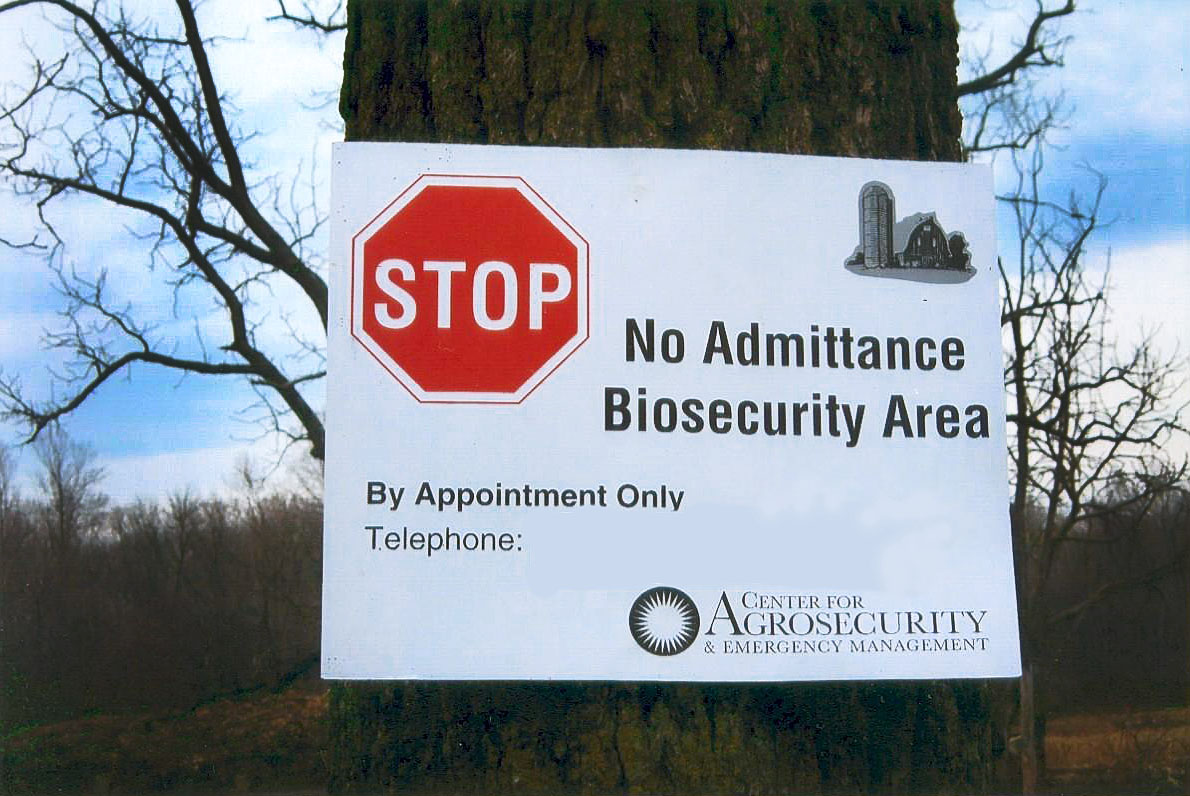Avian Influenza Biosecurity for Backyard Flock Owners
Section 2. Prevention
- Prevention
- Biosecurity
- Isolation
- Traffic Control
- Sanitation
- Decontamination
- Vaccination
- Registration
- Fairs, Shows, and Exhibits
- Surveillance and Monitoring
Traffic Control
Access and movement of people, vehicles, and equipment between bird owners should be limited as viruses can be carried on clothing, tires, and tools. Follow these guidelines to prevent the spread of disease.8,10,11
Daily Routine
- Wash your hands before and after handling birds.
- Set aside rubber boots and clothing solely for entry into poultry areas.
- Wear clean clothes when you enter the poultry area. Change and launder clothes after exiting the area.
- Use disinfectant footbaths if visiting different ages or species within the flock.
Visitors
-
 Limit access to your birds.
Limit access to your birds. - Do not permit people with other birds to come in contact with yours.
- Provide clean clothes and footwear for authorized or essential visitors (such as repairmen) if they come in contact with your birds.
- Consider posting signs to inform others of biosecurity and disease prevention.
- Pave roads or line with gravel to prevent mud accumulation on tires which may carry disease.
- Clean vehicle tires before and after a visit every time a vehicle goes on site.
- Photo credit of "No Admittance Biosecurity Area" image on the right: Dr. Jennifer Timmons
Business

- Avoid sharing animals or equipment with other backyard flock owners.
- Decrease potential disease exposure by conducting business by telephone when possible.
- Clean and disinfect your shoes and clothing after you visit bird exhibits, auctions, or other locations and before you go near your birds.
- Photo on the right was obtained from FEMA website and taken by John Ficara.
